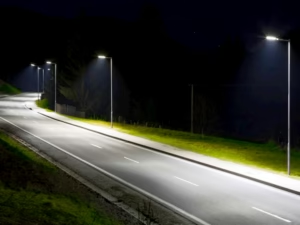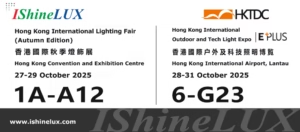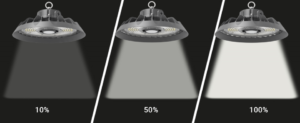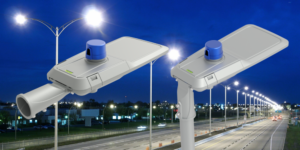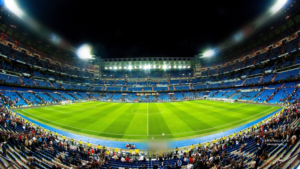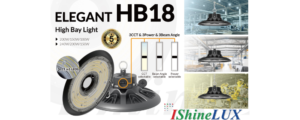Choosing the Right Color Temperature for Different Spaces?
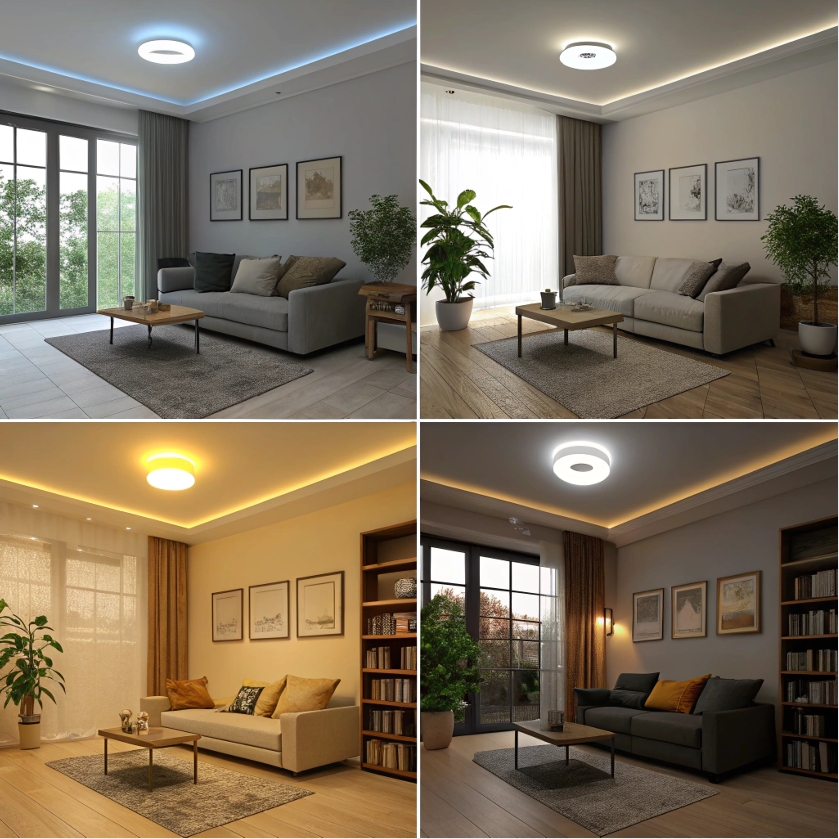
Lighting is more than just illumination. It can transform spaces and influence behavior. Finding the perfect color temperature1 for different areas is crucial.
Color temperature affects how we perceive and interact with our surroundings. It can boost productivity, enhance retail experiences, create welcoming environments, and optimize energy efficiency. Understanding its impact is key to making informed lighting choices.
So, why is choosing the right color temperature so important? Let's dive into how it impacts various spaces.
Understanding Color Temperature Ranges: Exploring the Characteristics of 2700K to 7000K+?

Color temperature is measured in Kelvin (K) and ranges from warm to cool. Understanding this range helps in selecting the right lighting for specific needs.
Color temperature ranges from 2700K (warm white) to 7000K+ (cool white). Each range has unique characteristics that affect how spaces feel and function.
Exploring the Color Temperature Spectrum
- 2700K (Warm White): This color temperature creates a cozy and inviting atmosphere. It's perfect for living rooms, bedrooms, and hospitality spaces where comfort is key.
- 3000K (Soft White): Slightly cooler than 2700K, 3000K provides a warm yet clear light. It's ideal for areas where you want a balance between comfort and visibility.
- 4000K (Neutral White): This balanced light is ideal for general-purpose areas. It provides clear visibility without being too harsh.
- 5000K (Cool White): This range mimics natural daylight and is great for task-oriented areas like offices and classrooms. It promotes alertness and focus.
- 5700K (Daylight): This color temperature closely resembles natural outdoor light. It's perfect for areas where accurate color representation is crucial.
- 6500K (Cool Daylight): This bright, cool light is ideal for high-visibility tasks. It's often used in industrial settings and garages.
- 7000K+ (Very Cool Daylight): This very cool light is perfect for specialized applications like photography studios and medical facilities where precise color accuracy is needed.
| Color Temperature (K) | Description | Suitable Spaces |
|---|---|---|
| 2700K | Warm White | Living Rooms, Bedrooms, Hotels |
| 3000K | Soft White | Kitchens, Bathrooms |
| 4000K | Neutral White | General-Purpose Areas, Hallways, Retail Stores |
| 5000K | Cool White | Offices, Classrooms |
| 5700K | Daylight | Areas Needing Accurate Color Representation |
| 6500K | Cool Daylight | Industrial Settings, Garages |
| 7000K+ | Very Cool Daylight | Photography Studios, Medical Facilities |
Personal Experience
When I first started working with lighting, I realized how much color temperature can affect a space. In one project, we used 2700K lighting in a hotel lobby. Guests immediately felt more comfortable and relaxed. It was a great example of how the right color temperature can transform an area.
Maximizing Productivity: The Role of Color Temperature in Commercial Office Lighting?

In offices, lighting directly affects productivity. The wrong color temperature can lead to eye strain and fatigue. The right one can boost focus and efficiency.
Color temperature in commercial offices should be around 5000K. This cool white light mimics natural daylight, reducing eye strain and promoting alertness. Studies show it can increase productivity by up to 20%.
Understanding the Impact of Color Temperature on Productivity
- Cooler Temperatures for Focus: Cooler color temperatures (4000K - 5000K) are ideal for tasks that require concentration. They reduce glare and enhance visual clarity.
- Warmer Temperatures for Relaxation: Warmer color temperatures (2700K - 3000K) are better for break rooms or lounges. They create a cozy atmosphere, perfect for relaxation.
| Color Temperature (K) | Usage Area | Effect |
|---|---|---|
| 2700K - 3000K | Break Rooms | Relaxation |
| 4000K - 5000K | Work Areas | Focus and Alertness |
Personal Experience
I once worked in an office with outdated lighting. The warm, yellowish light made it hard to concentrate. After switching to a 5000K lighting system, productivity improved dramatically. Employees felt more alert and focused.
Enhancing Retail Experience: How Color Temperature Affects Customer Behavior and Sales?
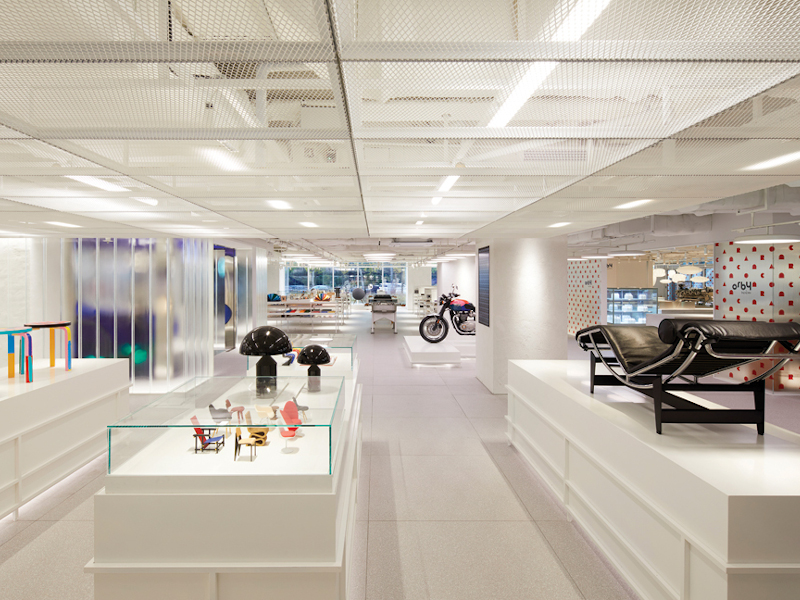
In retail, lighting can influence customer behavior and sales. The right color temperature can make products more appealing and create a pleasant shopping environment.
Retail spaces benefit from a color temperature of around 4000K. This neutral white light enhances product appearance and creates a welcoming atmosphere. It can increase customer satisfaction and boost sales by up to 15%.
The Role of Color Temperature in Retail
- Product Display: Neutral white light (4000K) highlights product details and colors. It makes items look more vibrant and appealing.
- Customer Comfort: A balanced color temperature reduces eye strain and fatigue. Customers are more likely to stay longer and make purchases.
Personal Experience
I visited a store with poor lighting. The harsh, blueish light made the products look dull. After the store switched to 4000K lighting, sales increased. Customers commented on how much better the products looked.
Creating Welcoming Environments: The Impact of Color Temperature in Hospitality Spaces?
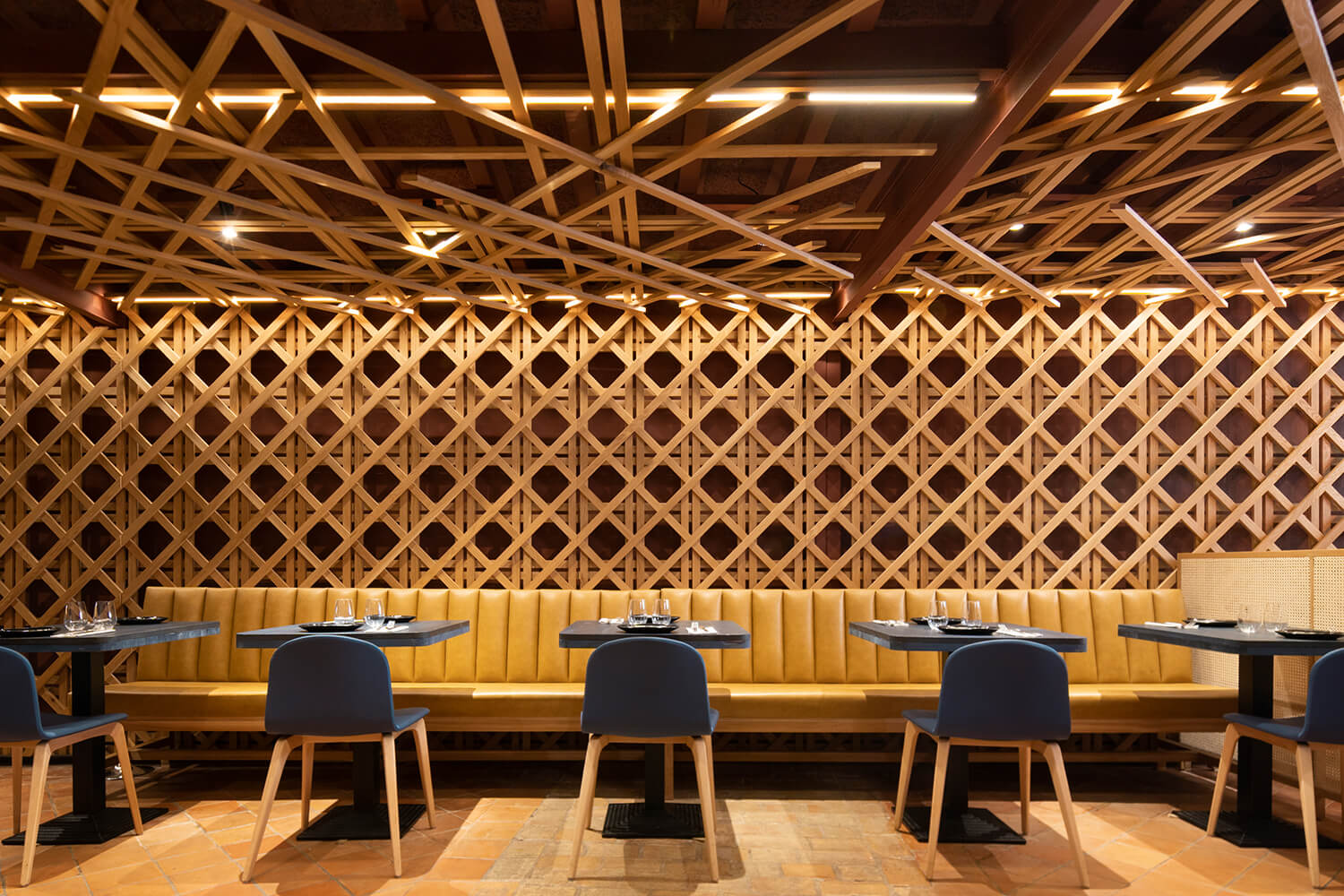
Hospitality spaces need to feel inviting. The right color temperature can make guests feel at home and enhance their overall experience.
Hospitality spaces benefit from a warmer color temperature of around 3000K. This warm white light creates a cozy and comfortable atmosphere, making guests feel welcome.
The Importance of Warm Lighting in Hospitality
- Guest Comfort: Warm lighting (2700K - 3000K) creates a relaxing environment. It helps guests unwind and feel at home.
- Ambiance: Warm lighting enhances the overall ambiance of a space. It can make a room feel more intimate and inviting.
Personal Experience
I stayed at a hotel with cold, harsh lighting. It felt sterile and unwelcoming. After the hotel switched to 3000K lighting, guest feedback improved. People felt more comfortable and enjoyed their stay more.
Optimizing Energy Efficiency in Industrial Warehouses: Choosing the Right Color Temperature?
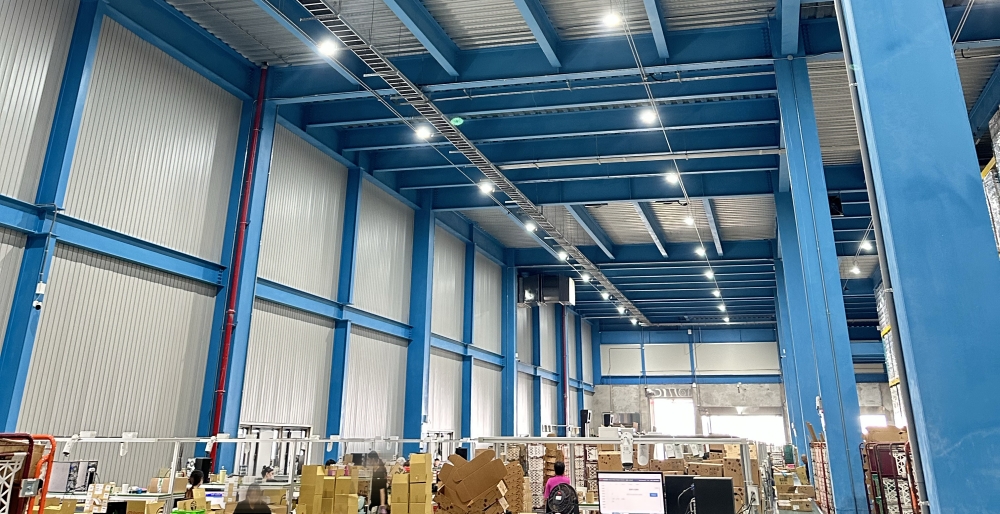
In industrial warehouses, the right color temperature can enhance visibility and productivity while reducing energy consumption. Optimal lighting is crucial for both efficiency and sustainability.
For industrial warehouses, a color temperature of 5000K to 6500K is ideal. This cool white light mimics natural daylight, improving visibility and worker alertness.
Key Strategies for Energy-Efficient Lighting
- LED Lighting: Energy-efficient and durable, LEDs are perfect for high-ceilinged warehouses.
- Motion Sensors: Ensure lights are only on when needed, reducing energy waste in less-used areas.
- High Bay Fixtures: Focus light downward, providing adequate illumination without excess energy use.
Practical Tips
- Cool White Light (5000K - 6500K): Enhances visibility and alertness in work areas.
- Warm White Light (2700K - 3000K): Suitable for break rooms and restrooms where a relaxing atmosphere is desired.
Conclusion
Choosing the right color temperature is essential for different spaces. It can boost productivity, enhance retail experiences, create welcoming environments, and optimize energy efficiency. Understanding the range of color temperatures helps in making the best lighting choices.
-
Understanding color temperature is crucial for creating the right ambiance and functionality in various spaces. Explore this link to learn more about its significance. ↩

